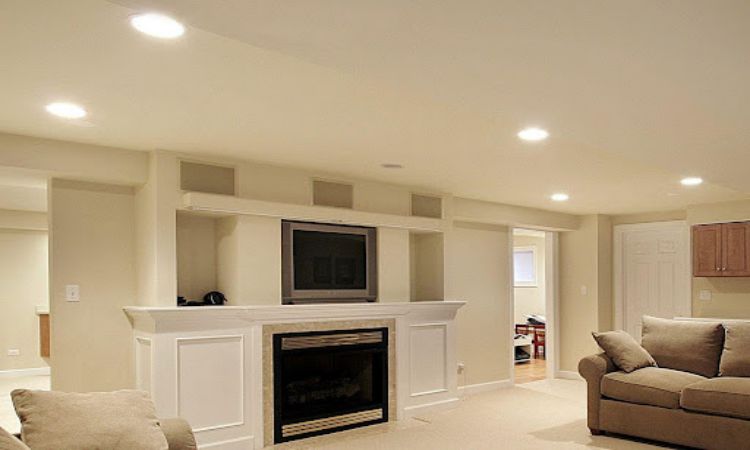 In a house, living rooms are comfort zones. Because these areas are used for relaxing, the atmosphere is quite important. Recessed lighting in the living room may assist in creating the ideal and ambient arrangement for any type of living room.
In a house, living rooms are comfort zones. Because these areas are used for relaxing, the atmosphere is quite important. Recessed lighting in the living room may assist in creating the ideal and ambient arrangement for any type of living room.
Here are some tips on how to install recessed lighting in your living room, as well as some things to think about before doing so:
Consider the room’s layout
Make sure the living room is properly laid out. Several factors must be considered, including:
-
Ceiling type and design
Before installing recessed lights, it is critical to determine the ceiling type, height, and design, as recessed light fixtures come in a variety of housing options to accommodate diverse ceiling designs, both historic and modern. Recessed light housings are available in a variety of specifications that are technical to install, to learn the basics, check this link. These housing types include:
- new construction housing
- Remodeled housing
- IC rated and non-IC rated housing
- Airtight housing
- Sloped ceiling housing
- Shallow ceiling housing
As the name suggests these housing types serve the same function. All of these parameters must be considered when purchasing recessed light fixtures, since the fixture may malfunction if not fitted correctly.
-
Placement of furniture in the room
A living room is a multipurpose space, it is for lounging activities, for reading, crafting or just unwinding. The furniture is placed accordingly for example couches, sofa sets, study tables suited for all activities. The lights are either placed directly above the task oriented zones or for general illumination. Make sure to hire lighting architects for proper planning as these lights must never be placed directly above the objects or task zones.
-
Division of zones in the living room
One easier way to plan a proper layout is to divide the room in zones according to the nature of use. Start with a general lighting pattern for the entire room and add task lights around the zones dedicated for tasks like reading, writing, working and accent lights for decorative items over the walls or in a specific corner. There are different trim designs for different zones so despite using the same light we can switch up the trim designs. .
Plan a layout
Once after division, it is easier to choose the appropriate recessed light fixture for your living room. A recessed light fixture consists of housing, bulb and trim; these are the vital parts of the fixture which also control the functional aspects and light variation specific to recessed lights.
They can also be paired with other light fixtures like chandeliers, pendants, scones which are also a part of decorative lights for homes. LED recessed lights also support function on cut-down voltage which is excellent for accentuating the light. These lights operate on lower voltage than the rest of the house and save a lot of energy.
Once all set, it makes the selection of the appropriate fixture easier.
Installing the recessed lights
Easier said than done yet the installation of these seemingly tiny fixtures requires more than just directions as it has a bit of technicality installed. Although installing them to an existing ceiling may seem like it requires a lot of wear and tear, it can be done with minimal patching and tear out.
The trim of recessed lights can cast dramatic lighting effects so it gives a lot of room to experiment with different combinations of housing bulbs and trim. To begin:
- Layout the necessary measurements of the room
- Placement of furniture
- Division of zones
Now,
- Turn off the power supply.
- Measure the diameter of the hole which needs to be cut out.
- Cut out the holes with a saw to access ceiling joists
- Fish out the wires from the power source to the ceiling holes.
- Now attach the wires from the ceiling to the housing of recessed lights; the wires are color-coded for the live neutral and hot wire.
- Tighten them with wire screws
- Fix the housing inside the ceiling
- Fix the LED bulb inside
- Clamp it shut
- Place the trim
- Switch on the power supply.
Once the trim is installed, the fixture is all set as trim directs the light out of the fixture and helps create various lighting layouts.
These lamps are highly customizable as LED allows customizable correlated color temperature between 2500K to 6000K. It imparts a warm yellow to cool white light and is dimmable.


